House Dust Mites (HDM) are Everywhere!
House dust mites are tiny, opaque, feast on skin cells and love to live in mattresses, with their population being three times higher in a mattress as compared to a carpet. They are so small that around 50 HDM can fit onto the head of a pin.
HDM can trigger symptoms for people – interestingly, it is actually the protein in their faeces, not the mite themselves that cause problems.
According to Better Health Channel, HDM can trigger wheezing, coughing, breathlessness, a tight feeling in the chest, runny nose, itchy nose, itchy eyes, itchy skin, skin rashes.
Health
Even in people who aren’t allergic to HDM faeces, their existing asthma may be exacerbated and they can experience chronic bronchial hyper-reactivity.
For those affected, this can be a year-long problem (that is, it isn’t seasonal), symptoms are worse at night or upon waking, symptoms may be relieved when humidity is lower.
What They Need to Thrive
HDM are unable to drink – so they rely on a humid or moist environment to keep them hydrated. They need the relative humidity to be over 40%.
They need a warm environment and thrive when temperatures remain at or above 24oC.
Food in the form of animal and human skin cells, pollens, microbes.
They love mattresses for all of these reasons, they are warm, moist and full of skin cells (food).
10 tips for managing house dust mites (HDM):
- Keep your home clean – use damp microfibre cloths and water to collect dust, not just move it from surface to surface
- Pull back the covers on your bed each day and allow it to air and dry out
- Vacuum your mattress regularly to reduce the HDM population
- Mop your home using a microfibre mop to collect dust
- Consider silk bedding – HDM don’t like anything excreted by other insects
- Consider HDM-resistant bedding – fabric that is tightly woven, and thus the HDM can’t fit through them
- Wash bedding (sheets and pillow cases) as well as night clothes weekly
- Replace mattresses every 10 years
- Maintain relative humidity to between 40-60% – and a dehumidifier can be key in this process
- Use vacuum-storage bags to store clothes (ones that are vacuumed to keep compress them

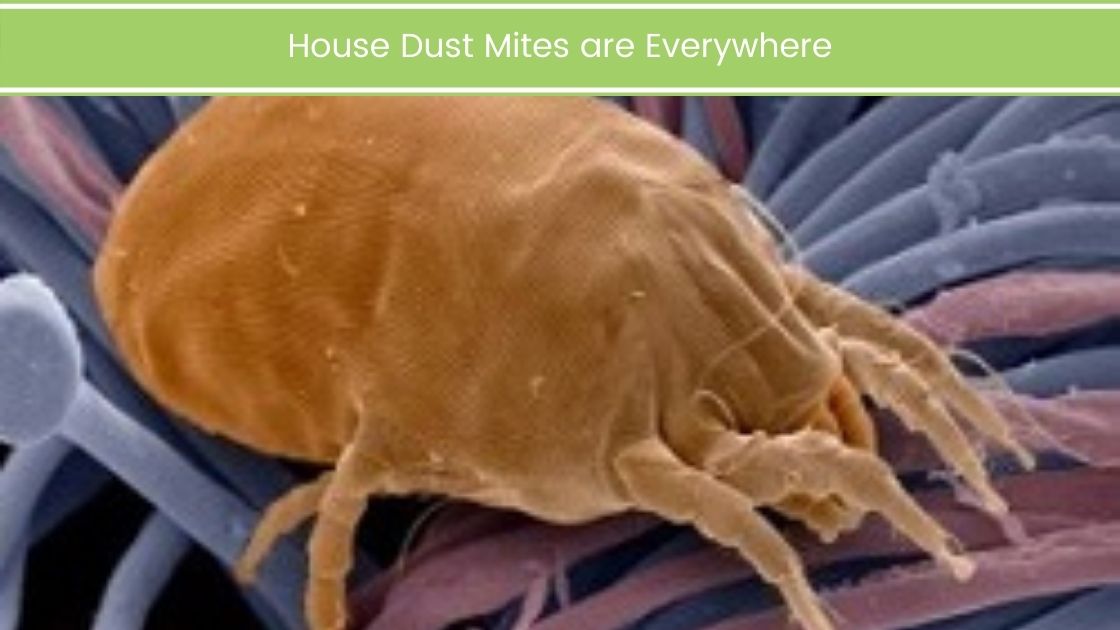
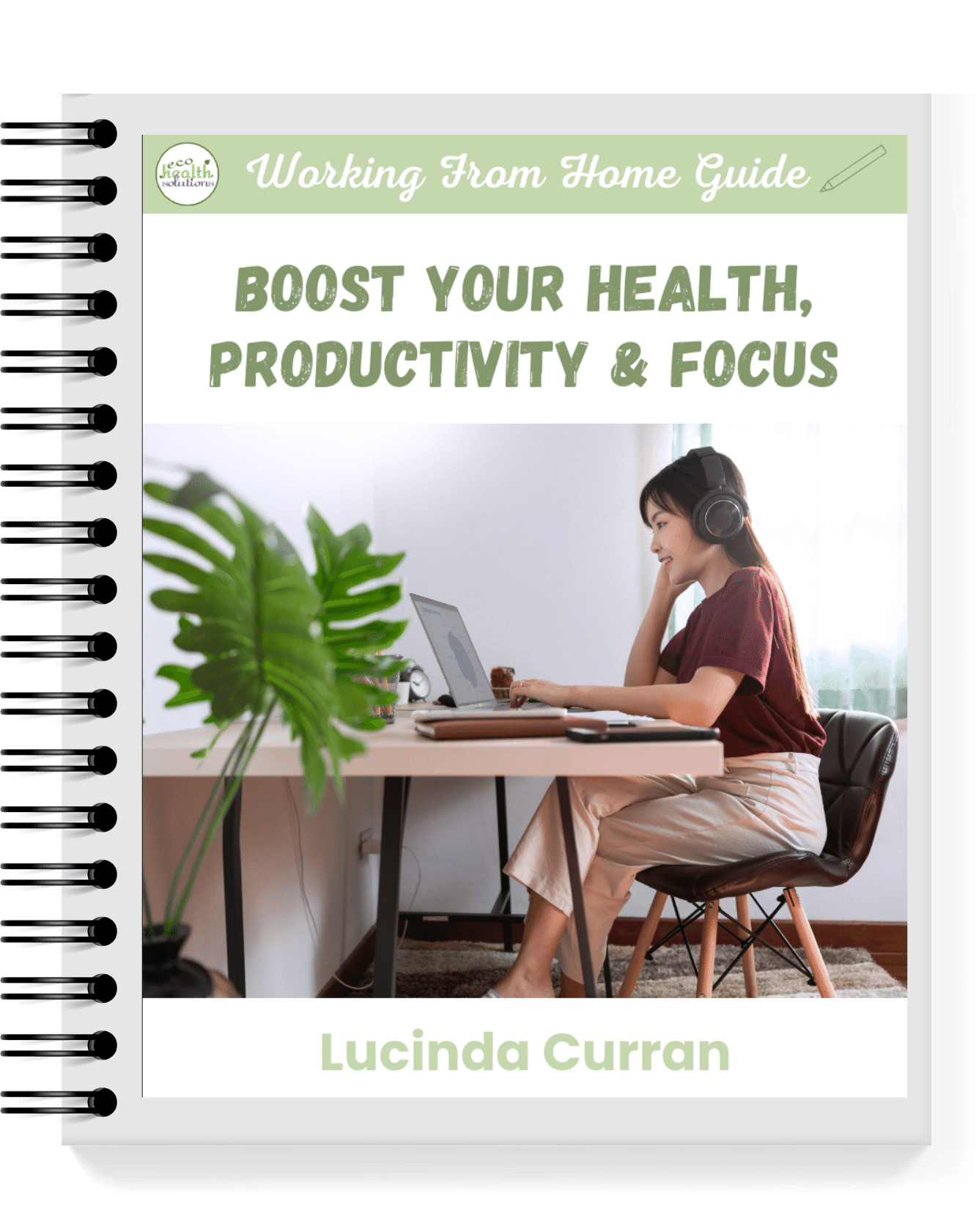
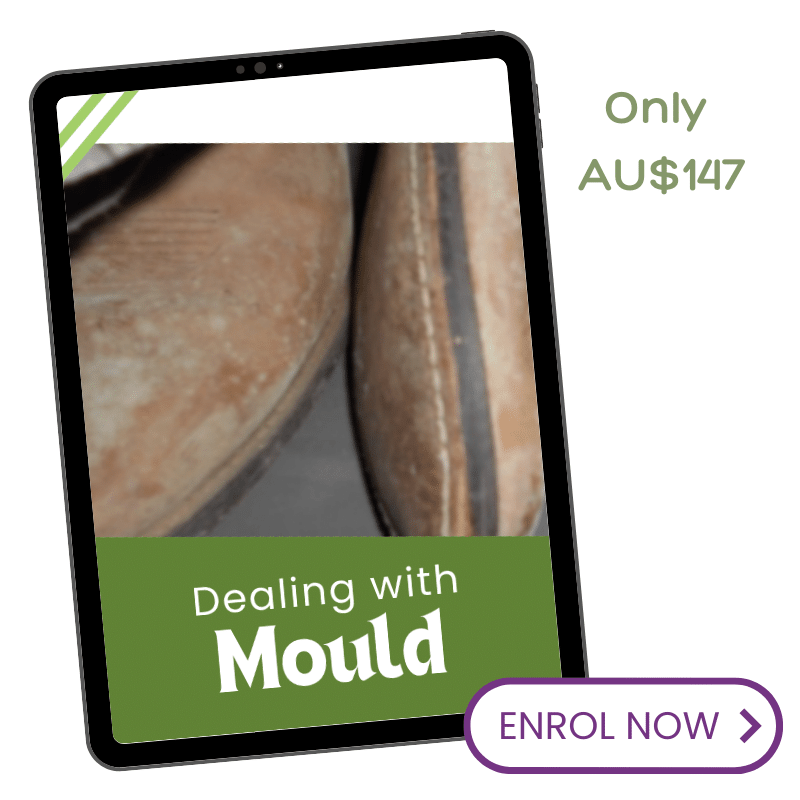
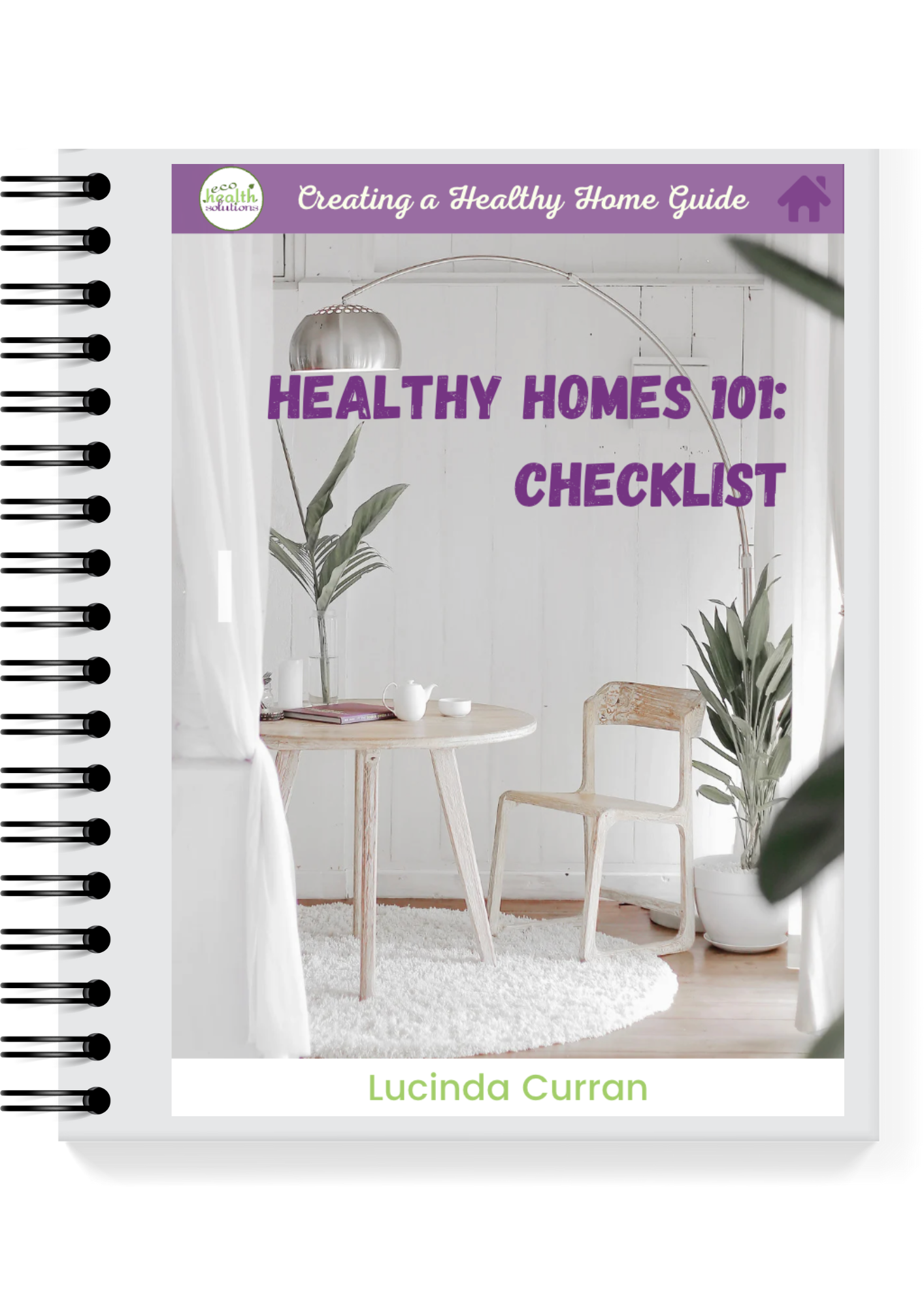

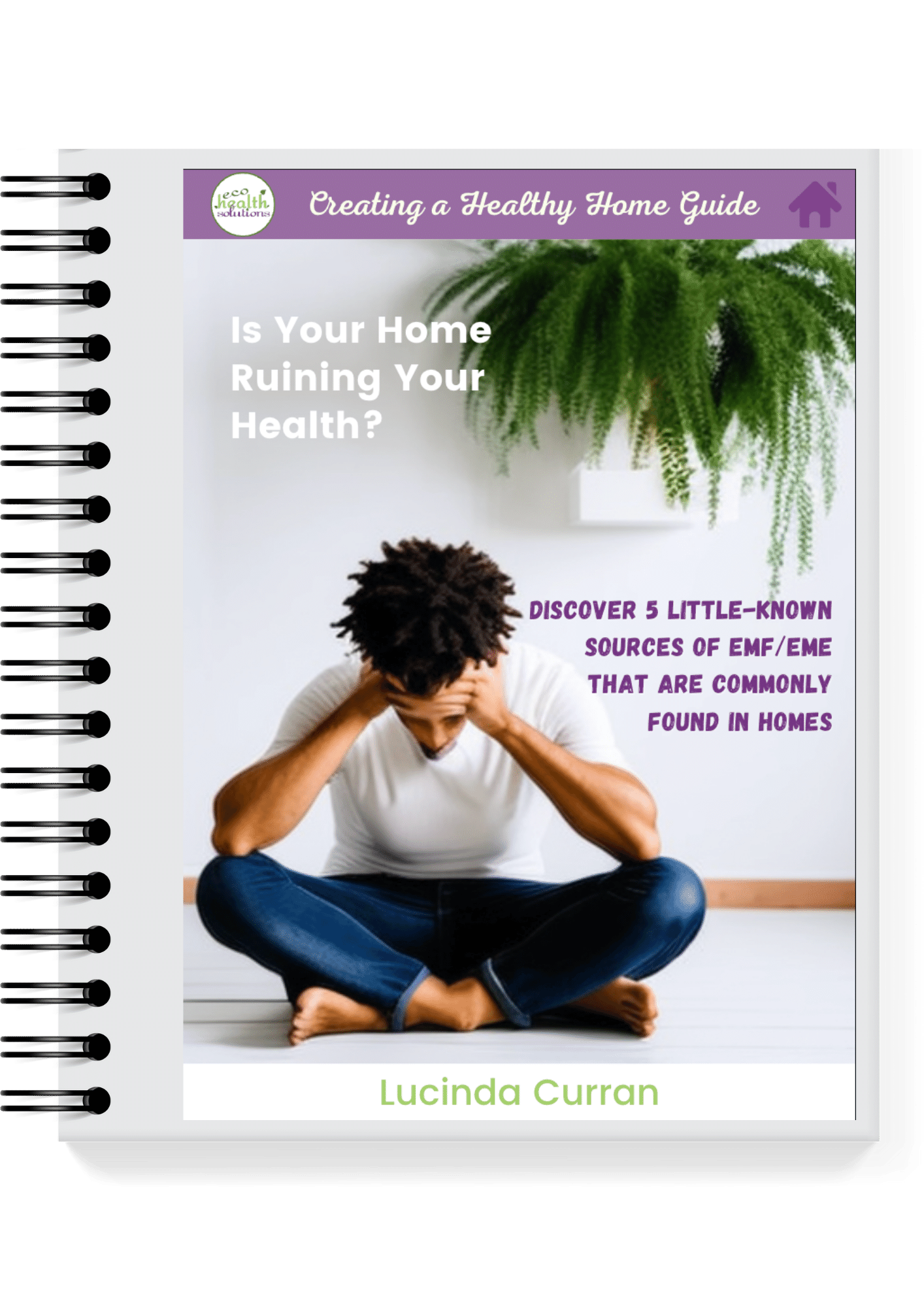


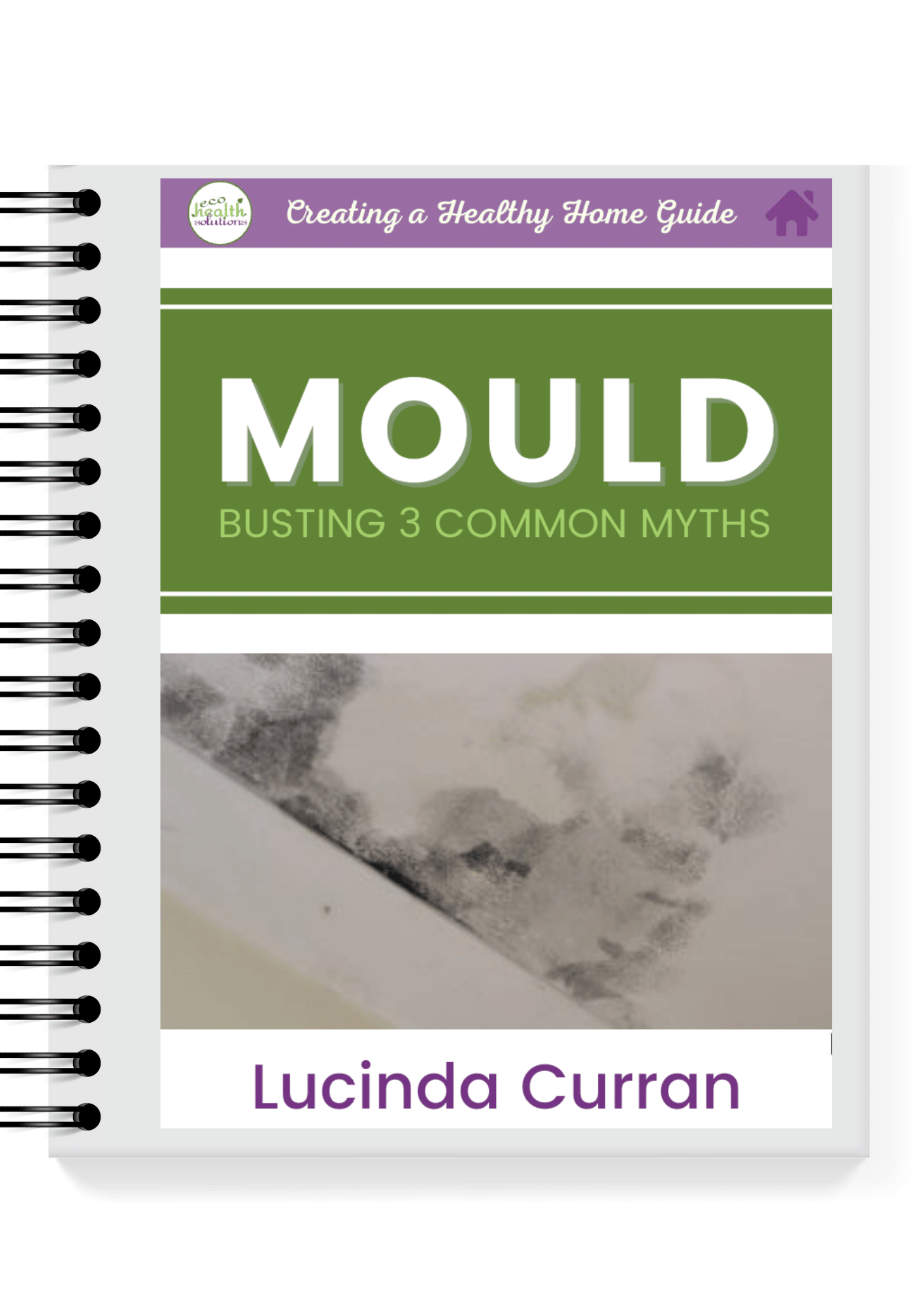

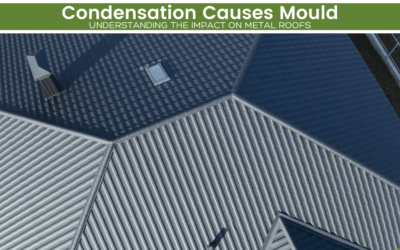


0 Comments